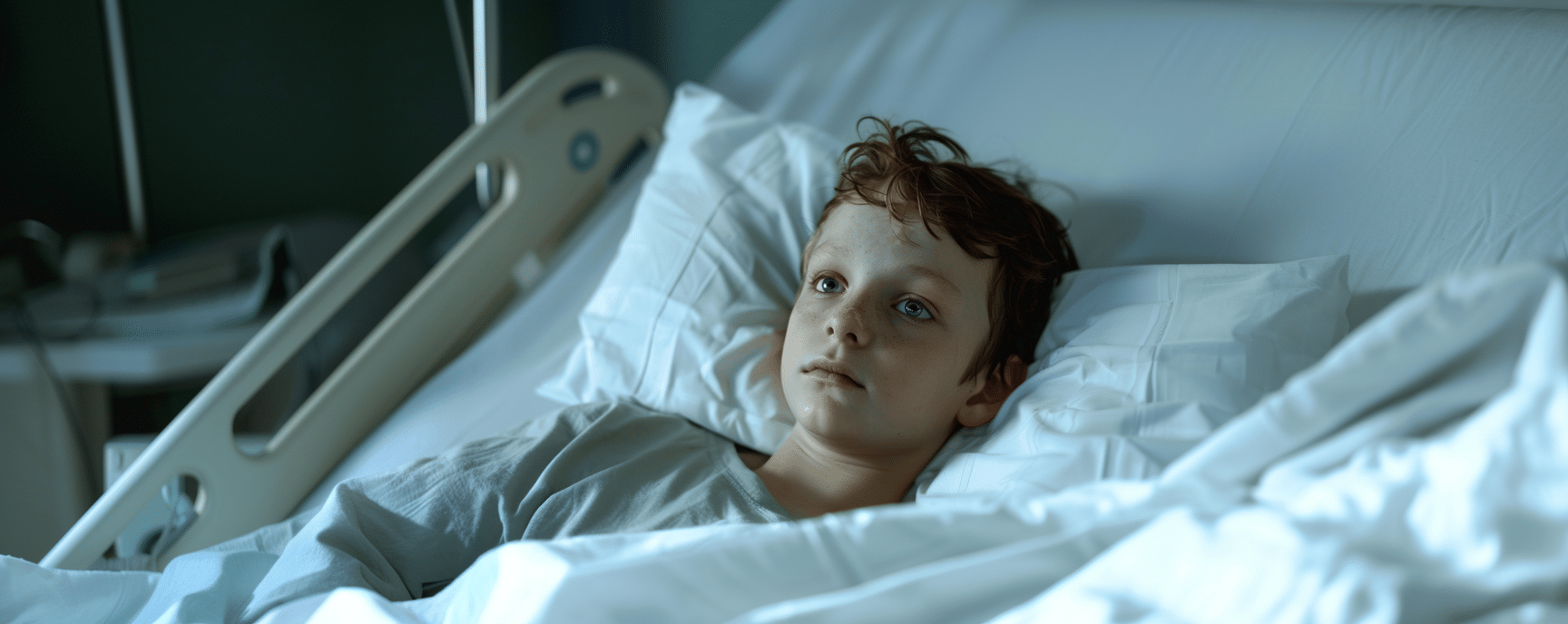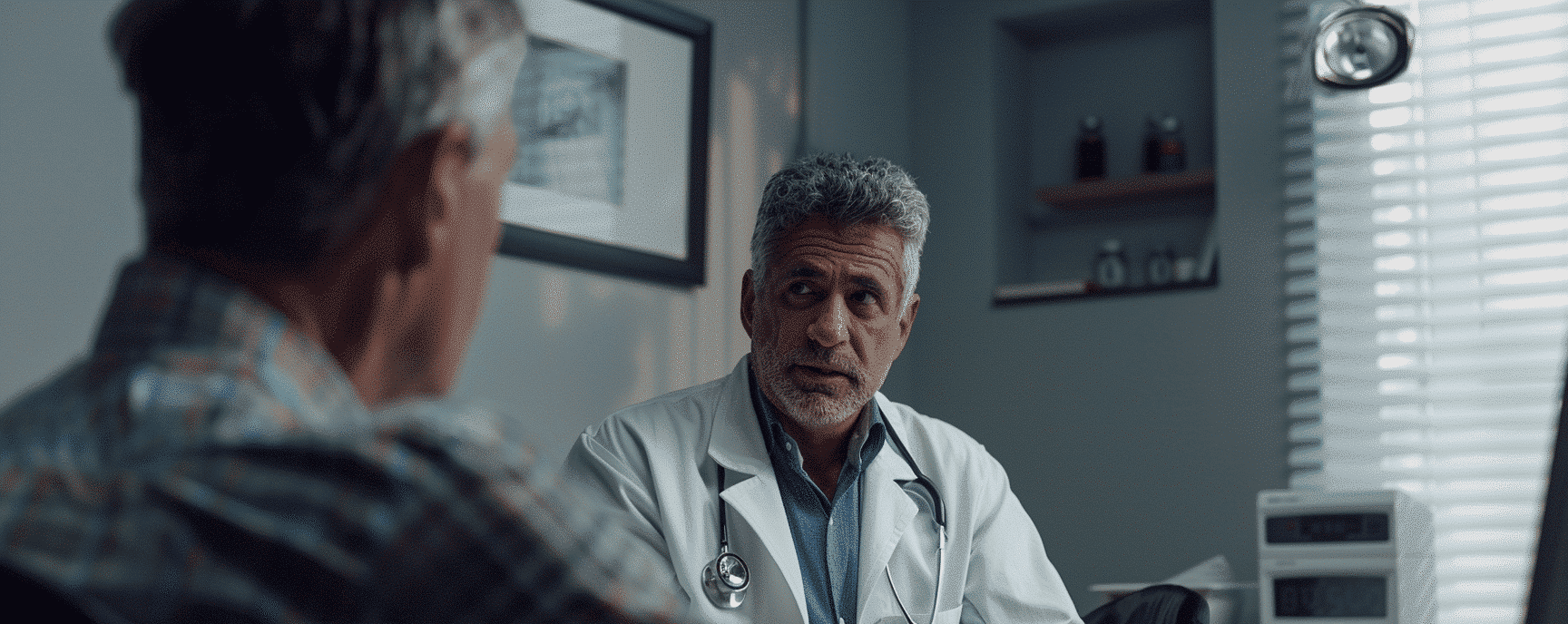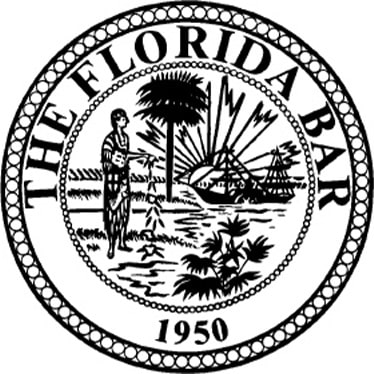A ‘5th degree burn’ is an alarming and critical injury requiring immediate attention. This form of burn devastates skin, muscles, and even bone. This guide provides clear insights into what constitutes a fifth-degree burn, the urgency of its treatment, and what potential recovery entails, preparing you for the depth of information to come.
Key Takeaways
- Fifth-degree burns penetrate through the skin, muscle, and ligaments, potentially exposing bone and often lead to systemic inflammatory response, shock, organ failure, or death.
- Immediate medical care for fifth-degree burns is critical to stabilize the patient, manage pain, prevent infection, and prevent organ failure, with surgical interventions often necessary for recovery.
- Long-term care, including physical therapy, psychological support, and peer groups, is essential for survivors of fifth-degree burns to regain functionality, cope with mental health issues, and adapt to life after injury.
The Depths of Burn Injuries: From First to Fifth Degree
Burn injuries range from the relatively mild first-degree to the extremely severe fifth-degree, with the degree determined by the depth of damage incurred by the skin and underlying tissues. A burn injury can have distinct characteristics and impacts depending on its degree, which will be discussed in the subsequent sections.
First-Degree Burns
First-degree burns are the mildest form of burn injuries, affecting only the epidermis, which is the outer layer of skin. They typically cause redness and pain but do not lead to the formation of blisters. However, long-term effects may include changes in skin color.
A common example of a first-degree burn, also known as superficial burns, is a mild sunburn.
Second-Degree Burns
Second-degree burns are more severe, damaging both the epidermis and the dermis, the outer and second layers of skin respectively. These burns can result in painful swelling and redness, accompanied by blisters, indicating more severe skin damage than first-degree burns. Understanding how second degree burn affects the skin is crucial for proper treatment and care.
The complexity of the healing process varies depending on whether the burn is superficial or deep, with some second-degree burns requiring surgery for recovery.
Third-Degree Burns
Third-degree burns, which are also called full-thickness burns, are incredibly severe as they destroy the epidermis, dermis, and extend through to the subcutaneous skin layer. This results in significant damage to the skin and underlying tissue. These burns require immediate medical attention, regardless of their size or location on the body.
The extent of the damage can result in scarring, hair loss, and potential loss of nails.
Fourth-Degree Burns
Fourth-degree burns:
- Extend beyond the skin
- Affect underlying tissues and deeper structures such as muscle and bone
- Due to the destruction of nerve endings, victims often experience a loss of sensation in the affected area.
Surgical interventions, such as amputation or grafting, are typically necessary for the treatment of fourth-degree burns.
Fifth-Degree Burns
Finally, we have fifth-degree burns, which penetrate through the skin, muscle, and ligaments, sometimes exposing the bone. The affected skin may appear charred black or white, indicating the depth of the burn, and the patient may not feel pain in the area due to nerve damage.
These are the most severe and life-threatening type of burns, leading to a systemic inflammatory response, which can lead to shock, organ failure, and often death.
Causes and Risk Factors for 5th Degree Burns
Having established the severity of fifth-degree burns, it’s important to examine their causes and risk factors. This insight enables the creation of preventive strategies to lower the occurrence of such devastating injuries.
High-Voltage Electrical Accidents
High-voltage electrical accidents are significant causes of fifth-degree burns. Professions like electrical company linesmen, electricians, and construction workers have a higher incidence of such accidents. The injuries often involve the hands and arms, which can significantly impact the victim’s ability to resume previous occupational duties.
Prolonged Exposure to Flames
Prolonged exposure to house fires, cooking accidents, and faulty appliances are some of the domestic events that can lead to fifth-degree burns. These incidents emphasize the importance of fire safety measures at home and in the workplace.
Severe Chemical Exposure
Severe chemical exposure is another significant cause of fifth-degree burns. The chemicals can penetrate through the skin layers, damaging the deeper tissues, and ultimately leading to the exposure of underlying muscles.

Treatment and Management of 5th Degree Burns
Upon the occurrence of a fifth-degree burn, urgent medical care and an all-encompassing management strategy are vital. We’ll now examine the various treatment stages and long-term management strategies for these severe burns.
Immediate Medical Care
Immediate medical care is essential for rapid assessment, pain management, and infection prevention. Patients with fifth-degree burns require resource-intensive care in specialized centers equipped to handle their complex needs.
The early phase of medical care involves:
- Stabilizing the patient’s condition
- Managing critical aspects such as the body’s stress response
- Inflammation control
- Averting possible organ failure.
Surgical Interventions
In many cases, surgical interventions are necessary to manage fifth-degree burns. This can include amputation to prevent the spread of injury or infection, especially when there’s damage to major blood vessels, arteries, veins, or muscles. Other surgical procedures may involve the removal of dead tissue and skin grafting to reach healthy tissue and aid in recovery.
Rehabilitation and Long-Term Care
Beyond immediate medical care and surgical interventions, long-term care is crucial to help fifth-degree burn survivors regain functionality and adapt to their new circumstances. This can include physical therapy to prevent graft contracture. Long-term care also involves scar management, reconstruction, and efforts to replace burned skin, which can significantly improve cosmetic and functional results.
It’s also essential to address mental health concerns, as depression, anxiety, and PTSD are common among severe burn survivors.
Contact us today for your free & confidential case review. Our team will help you get the compensation that you deserve.
Coping with the Emotional Impact of 5th Degree Burns
Addressing the emotional impact of a fifth-degree burn is as vital as treating the physical injuries. The psychological trauma survivors often face can present as depression, anxiety, and PTSD.
Thankfully, various coping strategies can help victims adapt to their new circumstances.
Psychological Support
Psychological support is a crucial part of the coping process. It encompasses a range of services tailored to the complex emotional and mental health needs arising from the traumatic injury. This support can help victims cope with painful treatments and permanent changes in appearance.
Empirical findings suggest that early and continued attention to psychosocial aspects of a patient’s life can foster positive psychological adaptation.
Peer Support Groups
Peer support groups offer a safe environment for burn victims to:
- Share their experiences
- Learn from others
- Support therapeutic growth
- Aid in coping with PTSD after burn injuries
These groups can significantly improve psychological resilience and recovery. They provide a structured space for sharing stories, facilitating therapeutic growth, and fostering a sense of community among survivors.
Building Resilience
Building resilience in burn patients involves discovering new significance in their injury and their own identity. It’s about achieving a state of harmony with oneself and building connections with others.
With supportive relationships and a strong will, survivors can foster resilience and adapt to their new circumstances.
Prevention and Safety Tips
Prevention of burns is a far more effective strategy than treating them. By understanding and adopting safety measures, the risk of injuries can be significantly curtailed, particularly in high-risk environments.
We’ll now examine some safety precautions that can aid in the prevention of burn injuries.
Electrical Safety
Preventive measures and work safety programs are crucial for reducing the incidence and severity of injuries from high-voltage electrical incidents.
Regular safety training and adherence to safety protocols can significantly mitigate the risk of electrical accidents.
Fire Safety
Fire safety measures can significantly reduce the risk of household fires and subsequent burn injuries. This includes installing smoke detectors, creating fire escape plans, and practicing safety outdoors.
Furthermore, practicing safety in the kitchen, such as using back burners and closely monitoring cooking equipment, can mitigate the incidence of cooking-related burns.
Chemical Handling Precautions
Proper storage and handling of chemicals can mitigate the risk of chemical burns. Chemicals should be stored in clearly labeled containers and kept out of the reach of children.
Training individuals and communities in first aid and proper chemical handling can further reduce the risk of chemical burns.
Frequently Asked Questions
What are fifth-degree burns?
How are fifth-degree burns treated?
What are some of the emotional impacts of fifth-degree burns?
How can one cope with the emotional impact of fifth-degree burns?
How can we prevent burn injuries?
Last updated Wednesday, September 18th, 2024












